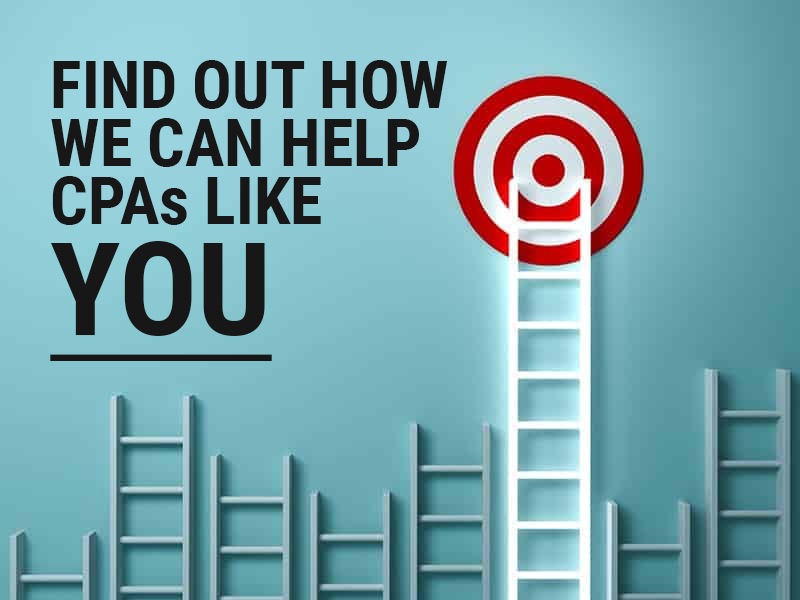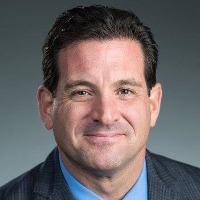As a small business owner and CPA, you understand the importance of saving for retirement. Having a sizeable nest egg can make a significant difference in your retirement lifestyle, allowing you to live the retirement you’ve always dreamed of. However, simply sticking to a budget, investing as much as possible, and withdrawing from your savings when it’s time to retire may not be enough. Choosing the right retirement plans for yourself, your business, and your employees while taking advantage of other retirement tax benefits can make your path to retirement even smoother.
Small business owners often encounter a distinctive set of challenges and opportunities when planning for retirement. Unlike traditional employees, they lack access to employer-sponsored retirement plans, placing the responsibility of planning entirely on their shoulders. This independence, however, offers a unique advantage: the flexibility to tailor retirement plans to suit personal business circumstances and financial goals.
What Are the Best Retirement Plans for Small Business Owners?
Simplified Employee Pension (SEP) IRAs
SEP IRAs present a straightforward, low-cost retirement solution for small business owners, particularly those with few or no employees. With a SEP, only employers, not employees, make contributions, enhancing your business’s appeal in recruitment efforts. Additionally, with a tax-deductible contribution limit of up to 25% of an employee’s total compensation or a maximum of $69,000 in 2024, the SEP IRA is difficult to beat.
However, contributions must be uniform as per nondiscrimination rules to prevent favoring certain employees. So, for example, if you decide to contribute 5% of your own salary to the retirement plan, you must also contribute 5% of each employee’s salary.
Perhaps just as importantly, contributions aren’t required annually – in a down year, you can opt out of a contribution if necessary or reduce the amount to an affordable level.
Additionally, since the passage of the SECURE 2.0 Act, employers with SEP IRAs can now offer the option to make Roth contributions, adding an after-tax contribution feature to this traditionally pre-tax plan.
Savings Incentive Match Plan for Employees (SIMPLE) IRAs
The SIMPLE IRA is another excellent retirement plan for small businesses with one hundred or fewer employees. Unlike a SEP, it allows for employee contributions; like a 401(K), it allows employer matches. In 2024, employees can contribute up to $16,000, with an additional catch-up contribution of $3,500 for those aged 50 or older, allowing for more substantial retirement savings. SECURE 2.0 also paved the way for Roth contributions to SIMPLE IRAs.
Employer contributions in SIMPLE IRAs are characterized by their flexibility. Employers have the option to match employee contributions, typically up to 3% of the employee’s salary. They can also choose to reduce this match to a minimum of 1% for two years during a five-year period, offering additional adaptability in financial planning.
Alternatively, employers can opt for non-elective contributions, contributing 2% of each eligible employee’s salary to their SIMPLE IRA, regardless of whether the employee contributes. This approach ensures that all qualifying employees benefit from the plan, even if they don’t make their own contributions.
For small business owners, choosing the right retirement plan is key for a tax-efficient retirement. With both tax-deferred and post-tax Roth contributions available and possible tax deductions for employee matching contributions, the owner of an accounting practice can effectively manage their tax status throughout the year, throughout their working life, and throughout their retirement.
Additionally, to lessen the financial blow of establishing a retirement plan for you and your employees, you may be eligible for up to a $5,000 tax credit for the first three years of your plan, giving you more money to invest!
Other Tax-Efficient Accounts
When it comes to planning your retirement, you’re not limited to retirement plans connected to your accounting practice to optimize your tax efficiency. You can also look into Health Savings Plans and College Savings Plans to manage expenses in a tax-efficient manner.
Health Savings Accounts (HSAs)
Health Savings Accounts (HSAs) are an increasingly attractive option for managing healthcare costs. Though primarily intended for medical expenses, HSAs offer triple tax advantages—tax-deductible contributions, tax-free growth, and tax-free withdrawals for qualified medical expenses. After reaching age 65, you can withdraw funds for any purpose without penalty, though non-medical withdrawals are subject to income tax.
The HSA contribution limits for 2024 are set at $4,150 for individuals with self-only coverage and $8,300 for those with family coverage. Additionally, individuals aged 55 and older can make a catch-up contribution of $1,000.
To be eligible to contribute to an HSA in 2024, you must be enrolled in an HSA-eligible health plan, typically a high-deductible health plan. This means the plan should have an annual deductible of at least $1,500 for self-only coverage or $3,000 for family coverage.
Education Savings Accounts
The 529 College Savings Plan offers small business owners a savvy way to manage education costs with tax efficiency. These plans allow for tax-free growth and withdrawals for qualified educational expenses.
While federal law doesn’t set a limit on contributions to 529 Plans, state-specific aggregate limits do apply. One potentially savvy strategy is to bunch your contributions. This method involves making a substantial one-time contribution to a 529 plan—up to five times the annual gift tax exclusion—and spreading the contribution over five years to stay below the gift tax exclusion limit.
Though contributions don’t offer immediate tax benefits like retirement plans, tax-free growth can significantly aid in managing education costs. Some states also offer tax deductions or credits for 529 contributions.
Leveraging Business Assets
In the quest for a tax-efficient retirement, small business owners have unique opportunities to leverage their business assets. Here are a few strategies:
Tax-Efficient Sale or Transfer
When it comes time to retire, selling or transferring your business can provide a substantial retirement fund. Structuring the sale or transfer in a tax-efficient manner is key. Options include installment sales to spread out income and capital gains over several years to manage your tax burden. By spreading out the income earned from the sale of your business over the years, you can not only help manage your tax bracket but also potentially minimize the impact on your Medicare premiums. You may also consider using strategies like an Employee Stock Ownership Plan (ESOP) that offer tax advantages.
Renting Out Commercial Property
Just because you’re retired doesn’t mean you can’t still utilize any leftover assets related to your business (assuming you didn’t sell everything). If your business owns commercial property, renting it out can provide a steady income stream in retirement. Additionally, rental income is subject to favorable tax treatment, as you can potentially deduct expenses related to the property, such as maintenance and depreciation.
Final Thoughts
As a CPA, your deep understanding of numbers and financial regulations is invaluable in managing your business and personal finances. However, retirement planning presents a unique set of challenges and opportunities that go beyond just choosing the proper retirement accounts or leveraging business assets. It’s about developing a comprehensive, evolving plan that aligns with your specific life stages and financial goals, about aligning your fluctuating income with your distributions, deductions, credits, and tax rates.
Our expert team at CPA Retirement Solutions is here to guide you through the intricacies of tax-efficient retirement planning and ensure that you are effectively utilizing every tool at your disposal to keep taxes low and your investments aligned with your risk profile.
Reach out to us by clicking the button below to craft a retirement plan that leverages your unique expertise and meets your specific needs.










